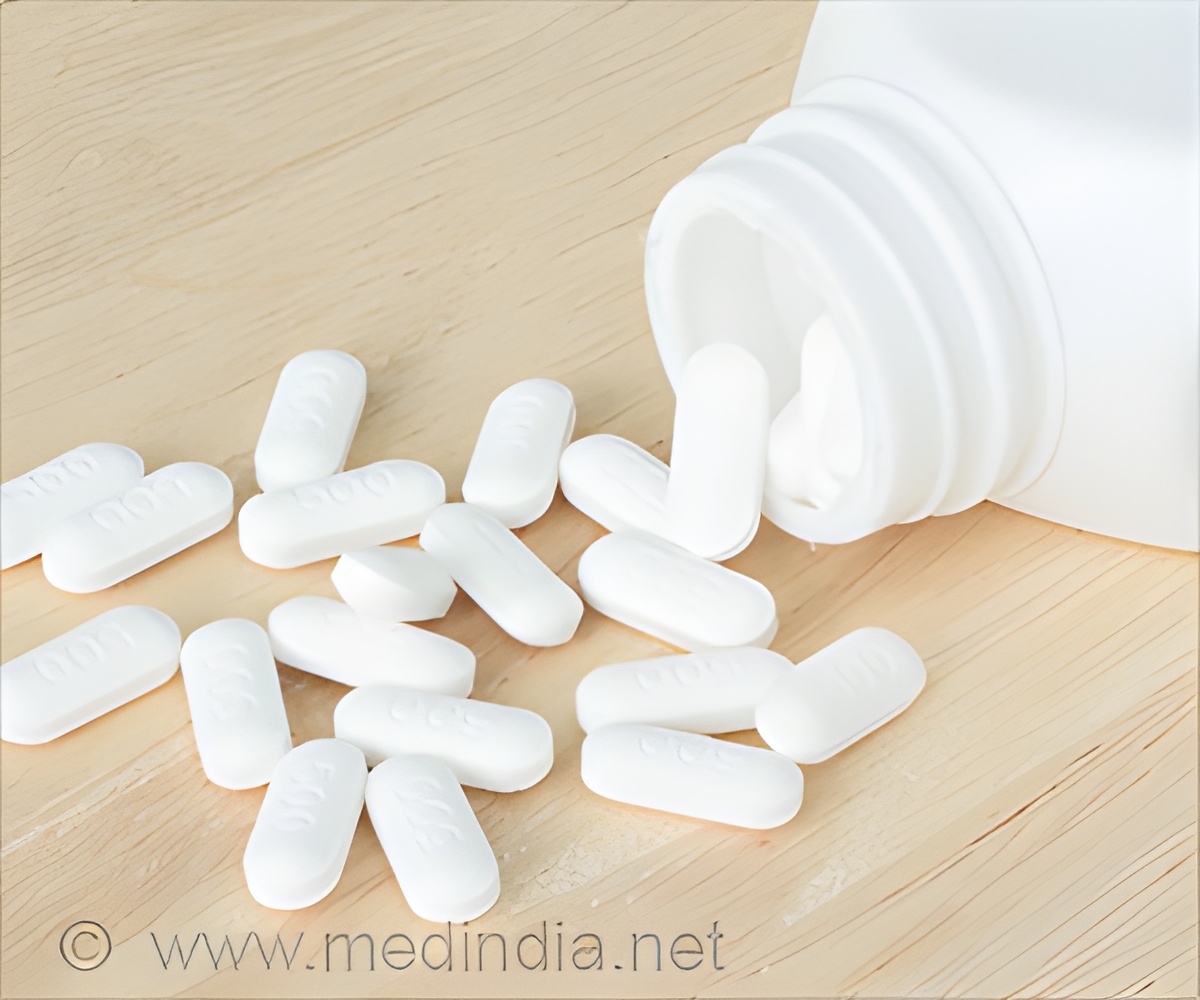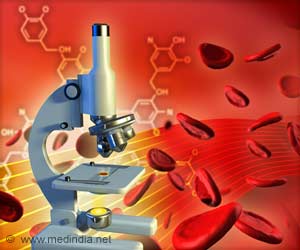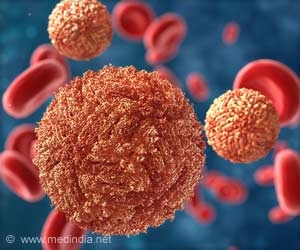Cancer drug prices are soaring, but they don't reflect improvements in patient survival. Instead, prices are often based on market size, not therapeutic value.

Spending on anticancer drugs among Medicare beneficiaries: Analyzing predictors of drug expenditures
Go to source).
‘From 2012-2021, Medicare cancer drug costs skyrocketed from $114K to $256K per patient. Yet, higher prices are more about profit than patient benefits. #medicare #cancerdrug #medindia’





Rising Costs of Cancer Drugs
Between 2012 and 2021, the average amount Medicare paid annually for cancer drugs per patient increased from $114,000 to $256,000. This represents a compounded annual growth rate of 9.4%.Several factors contribute to the high cost of cancer treatments:
- Biomarker testing: Drugs that require specialized tests to determine if a patient can benefit from them tend to be more expensive.
- Rare diseases: Treatments for cancers that affect fewer people are often priced higher.
- Later-stage treatments: Drugs approved for use in later stages of cancer treatment are typically priced higher as well.
- Smaller clinical trials: Drugs tested in smaller clinical trials with fewer participants also tend to have higher price tags.
Despite the high costs, there is little evidence that cancer drugs are priced based on how much they help patients live longer or delay the progression of the disease. The price seems to be more closely tied to the number of people expected to need the drug rather than its actual effectiveness in treating cancer.
Market-Driven Pricing Strategy
Pharmaceutical companies often set higher prices to offset the smaller market for certain cancer treatments, rather than basing prices on how much the drugs improve patients' health. This pricing strategy suggests that drug prices are driven more by profit considerations than by the therapeutic value provided to patients.The higher costs of cancer treatments have placed a heavy financial burden on patients, even those with insurance coverage. To ensure that patients have access to affordable and effective treatments, policymakers may need to rethink how drug prices are set. One solution could be to link the price of a drug more closely to its actual benefits for patients, rather than the size of its potential market.
Advertisement
Reference:
- Spending on anticancer drugs among Medicare beneficiaries: Analyzing predictors of drug expenditures - (https://www.sciencedirect.com/science/article/abs/pii/S2213538324000432)
Advertisement














